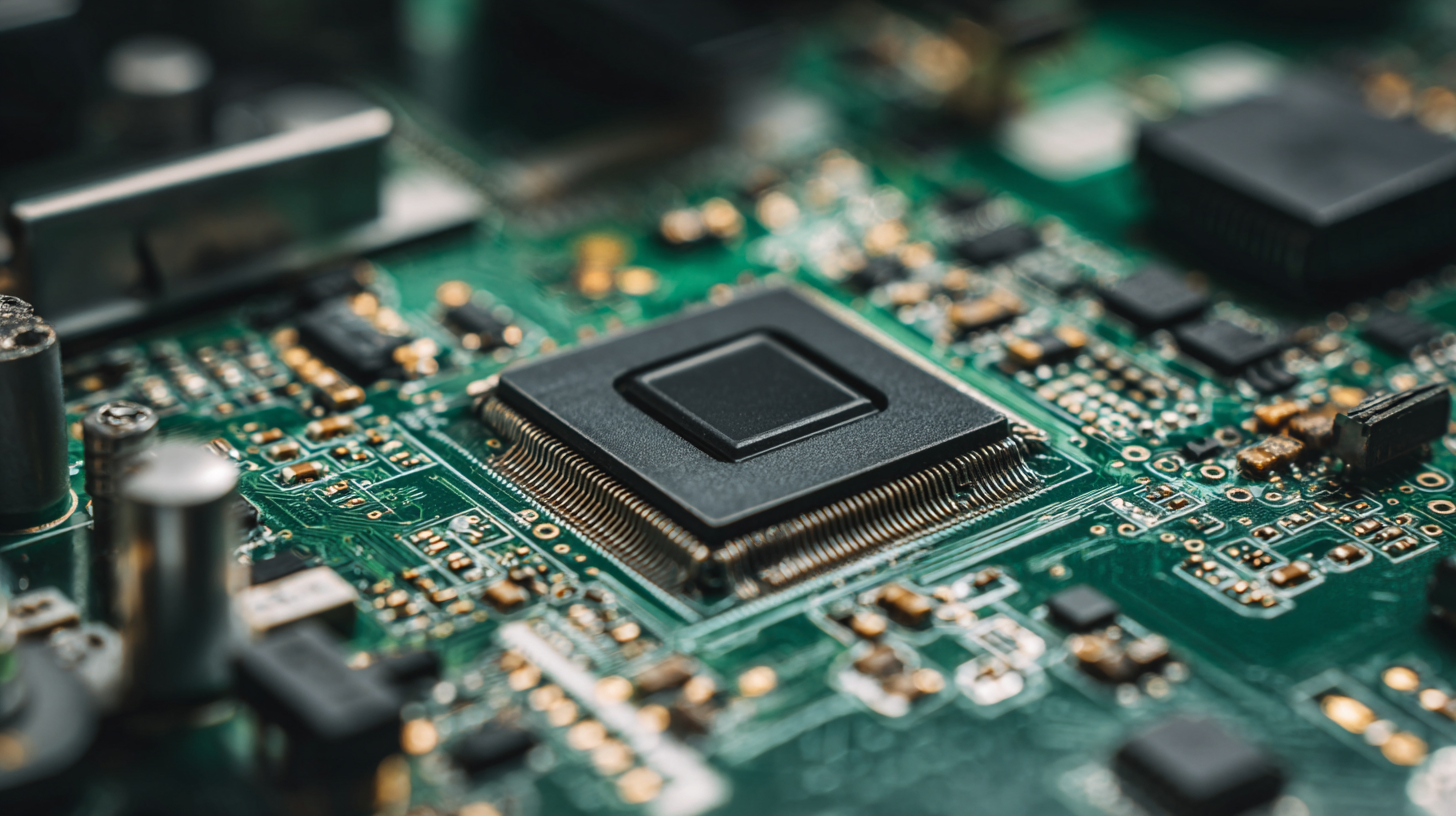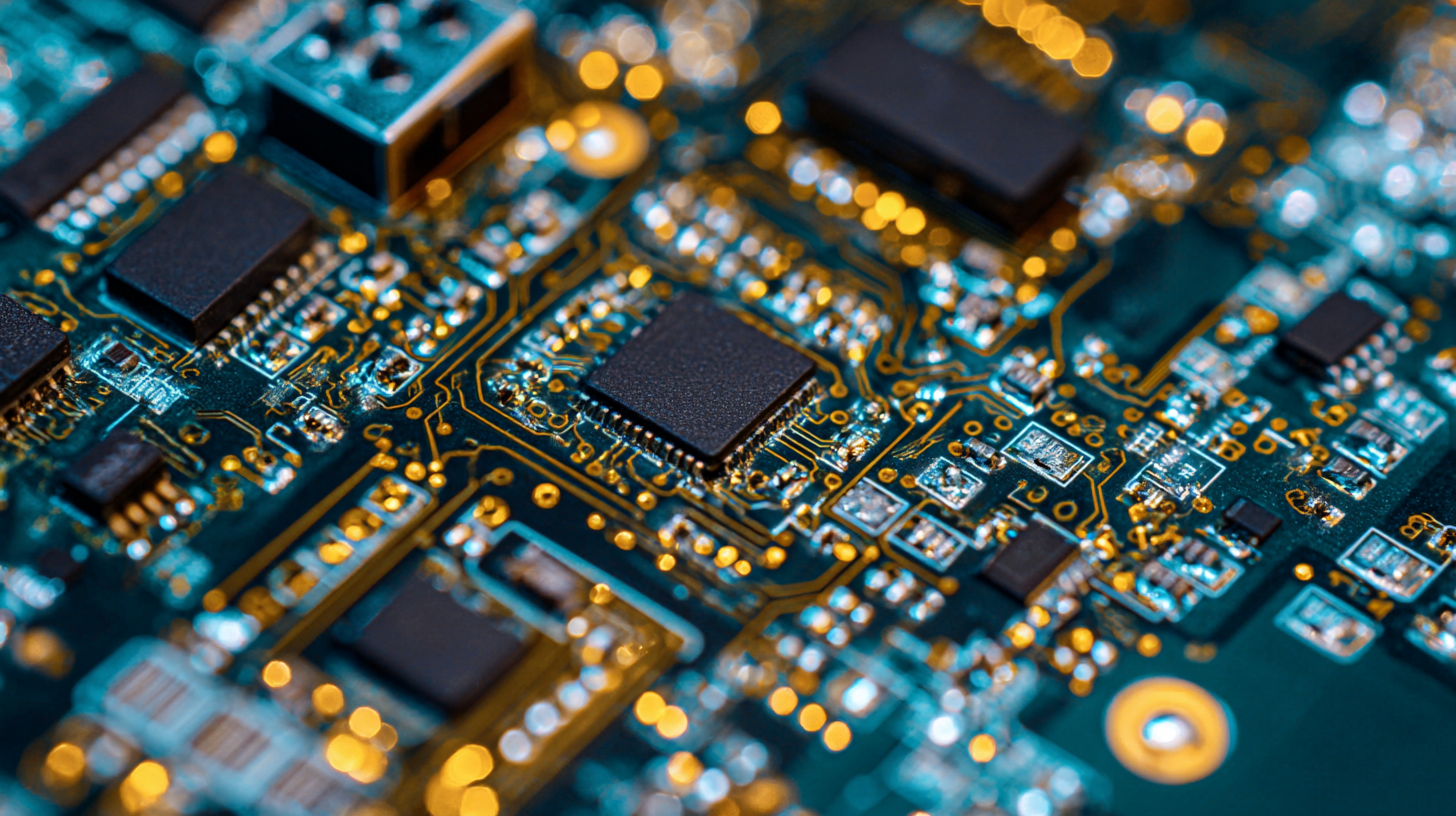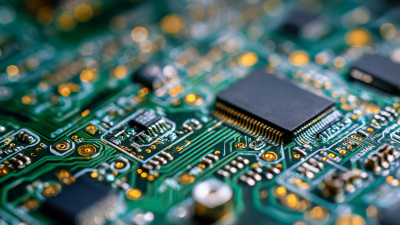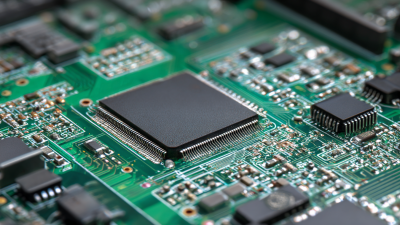In recent years, the demand for innovative electronics solutions has surged, leading to an increased reliance on advanced circuit board technologies such as rigid flex PCB. According to a market research report by the International Data Corporation, the global rigid-flex PCB market is projected to reach $6.6 billion by 2025, reflecting a compound annual growth rate (CAGR) of 9.12%. These circuit boards combine the attributes of both rigid and flexible PCBs, thus offering unparalleled design flexibility, space-saving advantages, and enhanced durability for modern applications. As industries such as automotive, consumer electronics, and medical devices continue to evolve, choosing the best rigid flex PCB becomes critical for ensuring performance and reliability in your projects. This blog will explore key factors to consider, helping you navigate the complexities of selecting a rigid flex PCB that meets your project needs effectively.

When selecting rigid flex PCBs for your electronics applications, several critical factors come into play. First, consider the end-use environment. Rigid flex boards are particularly advantageous in demanding environments such as aerospace and defense, which require durability and reliability. Evaluating the mechanical stresses the PCB will face helps determine the right materials and construction methods. High-frequency applications, like 5G technologies, also necessitate tighter design specifications and advanced material compositions to manage signal integrity effectively.
Another important aspect is the complexity of the design. Rigid flex boards can support intricate circuit layouts while minimizing space, making them ideal for compact electronic devices. You should assess the required number of layers, as multilayer configurations can increase performance but also complicate manufacturing processes. Additionally, functionality and assembly considerations, such as the integration of embedded components, can influence your choice. Balancing performance needs with manufacturing feasibility and cost will ultimately guide you in selecting the best rigid flex PCB for your project.

When selecting a rigid flex PCB for your project, understanding the material properties is crucial for ensuring optimal performance. Rigid flex PCBs typically incorporate materials such as FR-4 and Polyimide, each impacting electrical and mechanical properties differently. According to a report from IPC, FR-4 provides excellent mechanical strength and thermal stability but may not perform well in extreme flexing applications. On the other hand, Polyimide offers superior flexibility and thermal resistance, making it better suited for applications where bending and stretching are necessary.
Moreover, the dielectric constant and thermal conductivity of the materials can significantly influence signal integrity and heat dissipation. A study from Mentor Graphics indicates that materials with a low dielectric constant tend to enhance high-frequency performance, while appropriate thermal management is essential to prevent overheating in densely packed circuits. Designers need to evaluate these properties carefully, as the right combination of materials will ensure reliability and longevity for the specific demands of their application, whether it be in consumer electronics, medical devices, or aerospace technology.
When evaluating the cost-effectiveness of rigid flex PCBs compared to traditional PCB options, it is essential to consider both manufacturing expenses and long-term savings. Industry reports indicate that rigid flex PCBs, while initially more expensive—often ranging from $2.50 to $10.00 per square foot—offer significant advantages in weight and space conservation. For projects requiring compact designs, the smaller footprint of rigid flex designs can lead to cost savings in enclosure materials and shipping. A study from the IPC estimates that, for complex applications, the upfront investment in rigid flex can be offset by reduced assembly costs, as they often require fewer components and interconnects.
Moreover, the reliability and durability of rigid flex PCBs typically result in lower maintenance costs over time. According to a market analysis by Research and Markets, the failure rate of rigid flex designs is substantially lower—up to 40%—compared to traditional PCBs, particularly in high-stress environments. This translates to fewer product returns and improved customer satisfaction, resulting in a compelling argument for the initial higher investment. Evaluating these factors allows project managers to make a more informed decision, aligning with both performance objectives and budget constraints.
When selecting a rigid flex PCB, understanding the key manufacturing processes is essential for achieving the highest quality. The production of rigid flex PCBs involves several intricate steps, starting with material selection. High-grade materials like polyimide and FR-4 are commonly chosen for their thermal stability and flexibility, which are crucial for applications requiring durability and reliability. Proper material selection impacts not only the performance but also the longevity of the PCB in various environments.
Once materials are selected, the next critical process involves precise layer stacking and lamination. This step ensures that the rigid and flexible layers bond correctly, creating a robust structure that can withstand mechanical stress. Advanced techniques like adhesive bonding and heat curing help to achieve optimal layer adhesion, minimizing the risk of delamination. Moreover, thorough testing during the manufacturing process, including stress testing and thermal cycling, is vital to verify the integrity of the PCB. This ensures the final product meets the demanding requirements of modern electronic applications, from consumer electronics to medical devices.
| Feature | Description | Importance |
|---|---|---|
| Material Type | Rigid-Flex PCBs can utilize different materials like FR4, Polyimide, etc. | Affects flexibility, thermal stability, and durability. |
| Layer Count | Number of conductive and dielectric layers in the PCB. | Impacts functionality and space efficiency in design. |
| Thickness | Thickness of the rigid and flexible parts of the PCB. | Determines the overall mechanical strength and flexibility. |
| Surface Finish | Various finishes like ENIG, HASL, etc. for solderability. | Affects assembly processes and overall reliability. |
| Manufacturing Process | Techniques used to fabricate the PCB, including etching and lamination. | Ensures precision and quality of the final product. |
| Testing Methods | Methods like automated optical inspection (AOI) or X-ray. | Verifies quality and functionality before deployment. |
Rigid flex PCBs have emerged as a transformative technology across various industries, revolutionizing the way electronic devices are designed and manufactured. In the aerospace and defense sector, for instance, the compact design and durability of rigid flex PCBs enable engineers to create lightweight and robust systems that can withstand harsh environments. These boards are crucial for applications such as avionics and radar systems, where reliable performance is essential.
In the medical field, rigid flex PCBs are gaining popularity due to their ability to streamline device design and enhance functionality. Devices like portable diagnostic tools and wearable health monitors benefit from the flexible nature of these boards, allowing for more compact and efficient layouts. Additionally, with the push toward miniaturization in consumer electronics, companies are increasingly relying on rigid flex technology to create sleek and reliable gadgets, such as smartphones and tablets, without compromising on performance.








